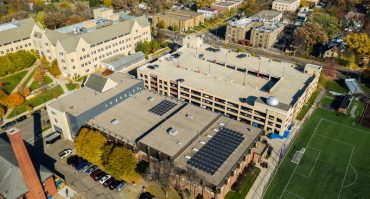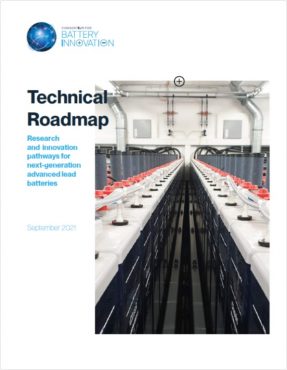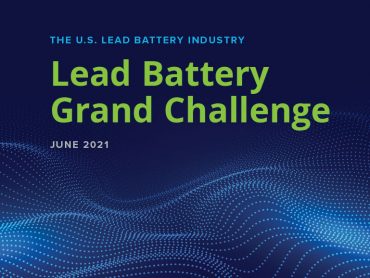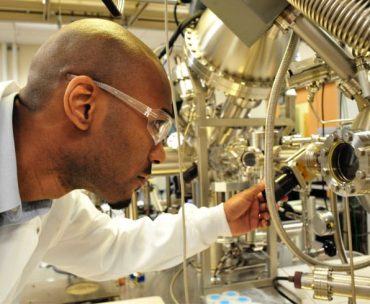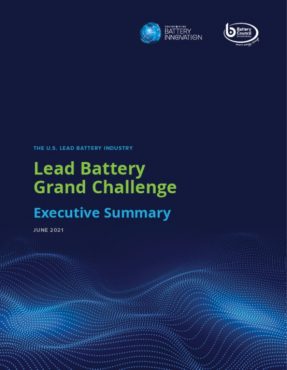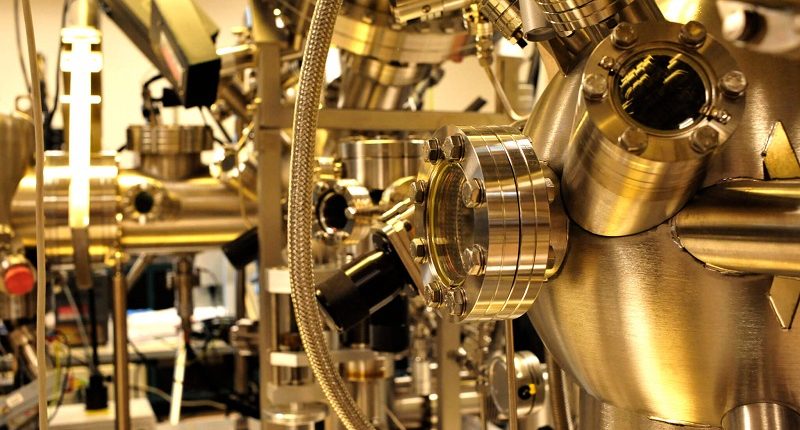
Argonne scientists and researchers use the bright x-ray beams at the laboratory's Advanced Photon Source to investigate the further potential of lead batteries. Photo credit: Argonne National Laboratory
In this Part 2 blog, our guest blogger Dr. Matt Raiford, manager for the Consortium for Battery Innovation (CBI), delves into the innovative research at the Department of Energy’s national labs on advanced lead batteries to ensure they remain a vital player in the shift to a low-carbon future.

Part 2
National labs remain a critical player through which the U.S. lead battery industry is leading the way in battery innovation. Through the first-of-its-kind Lead Battery Research Science Program (LBSRP) at Argonne National Laboratory (ANL), this program has been a key catalyst for improving understanding of lead battery technology.
For over five years, a complement of scientists from the Chemical Sciences and Engineering Division (CSE), Materials Science Division (MSD) and Advanced Photon Source (APS) have been actively studying lead battery fundamental processes governing dynamic charge acceptance (DCA), lead sulfate mechanistics, and failure modes under representative duty cycles.
The research program, which involves 90% of the North American lead battery industry, has capitalized on the scientific excellence of both the industry and the national lab structure, demonstrating a great model of how productive these collaborations can be and the opportunities to engage with government labs to deliver next-generation batteries.
Under the umbrella of the U.S. Department of Energy (DOE), several different testing and application-specific efforts are underway at different national laboratories. At the Pacific Northwest National Laboratory (PNNL) there are twin testing efforts underway: one focused on the safety and reliability of batteries in energy storage systems (ESS) applications and another testing innovative new battery type performance.
In both projects, advanced lead batteries using bipolar configurations, novel electrodes and other innovations are currently being studied.
In addition, a PNNL team is currently studying a new electrolyte system in conjunction with lead-based electrodes, probing how alternative electrolyte chemistries can maximize the inherent electrochemistry in acidic lead systems.
In Golden, Colorado, the National Renewable Energy Laboratory (NREL) is conducting novel testing and evaluation for five different lead battery systems in behind-the-meter storage (BTMS) for EV fast-charging.
The spectrum of advanced lead batteries tested in this study are serving as a benchmark group with the ongoing data collection paving the way for demonstrating how these systems would be used in the future.
Specifically geared towards EV fast-charging demand reduction, this unique application is presenting exciting future opportunities for lead batteries to play a pivotal role in the transition to e-mobility.
The role of universities and national labs are critical for the cutting-edge research underway in advanced lead batteries. These partnerships open up future market opportunities for the technology to be a central player in the move to a low carbon future with higher levels of electrification.
About the Consortium for Battery Innovation
The Consortium for Battery Innovation (CBI) is a pre-competitive research organization funding research into lead batteries for energy storage, motive and automotive applications. For more than 25 years, with its membership of battery manufacturers, industry suppliers, research institutes and universities, CBI has delivered cutting-edge research pushing the boundaries of innovation in lead battery technology. Their membership comprises the majority of U.S.-based companies from the entire lead battery value chain. Through research partnerships with scientific institutions including the Department of Energy’s Argonne National Laboratory and UCLA, CBI is setting the standard for advanced lead batteries and the next generation of energy storage.

